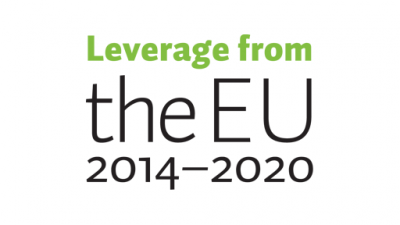Project
SOMA - rakennusmateriaalin 3D-tulostaminen
Project sponsors
Project type
Focus area
Implementation time
1.1.2021
-
31.8.2023
Project unit
Financing program
European Regional Development Fund (ERDF)
Project results
The SOMA – Additive Manufacturing of Concrete and Geopolymers -project delved into the 3D printing of concrete and concrete-like material (geopolymer).
Concrete and geopolymer 3D printed with the equipment acquired for the project. The equipment set consisted of an ABB 1600 robot supplied by Vertico, a pumping unit and a slicing program that was used to create a print program from a CAD model to control the robot.
The cement used in the production of concrete releases carbon dioxide emissions, and the project wanted environmentally friendly solutions based on the circular economy.
In addition to traditional concrete raw materials, the project printed various industrial by-stream and waste fractions as materials, such as bio ash, blast furnace slag and green liquor dregs. Several different mixes were prepared from different raw materials, and the compressive strength was determined from the test pieces made from them. Compressive strength is one of the most important properties of concrete. The compressive strength of the different masses had a large range and promising results were also obtained. Testing of 3D-printed parts was minimal. In addition, a completely cement-free mass suitable for 3D printing was developed for the project.
In the project, the advantages and possibilities of 3D printing, the state of Finland and the readiness to adopt the manufacturing method in question in the construction industry were investigated. As a manufacturing method, 3D printing aroused interest, and positive added value for concrete construction is seen in it, e.g. from the point of view of work safety and work ergonomics and in the manufacture of complex and geometric structures. The introduction of the method is slowed down by the high cost of the technology. Experiences with concrete 3D printing are still limited and the method is only at the beginning of its development.
As a result of the project, it was observed how the side and waste streams of industry are used in construction, taking into account the reduction of the environmental load of the low-carbon goals.

